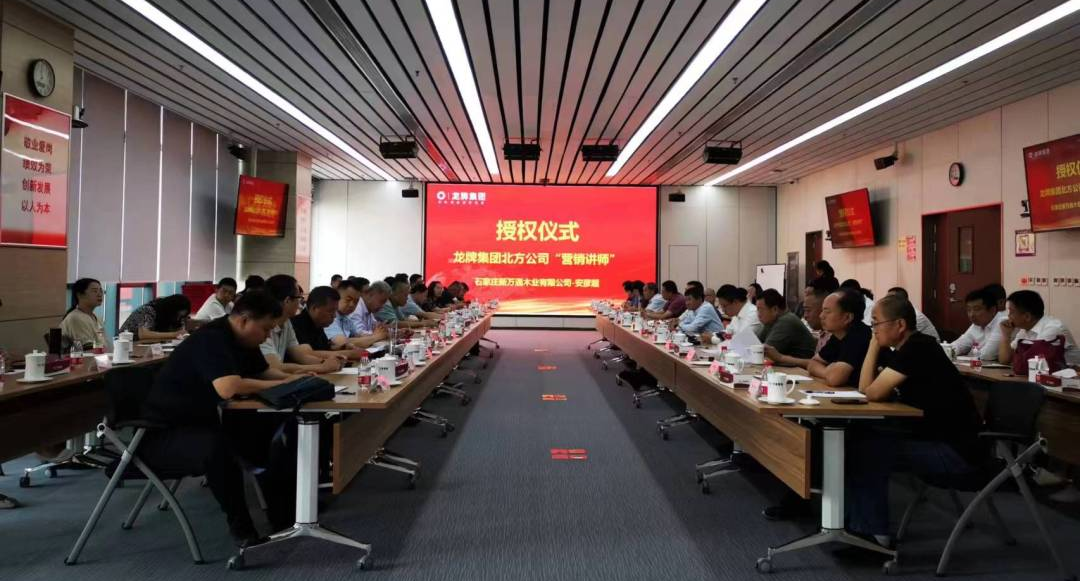វិច្ឆិកា . 28, 2024 11:43 Back to list
Innovative Concepts in Retail Space Design and Customer Experience Optimization
The Importance of Store Design Creating an Inviting Shopping Experience
In today’s competitive retail landscape, the design of a store plays a pivotal role in attracting customers and driving sales. Store design is not just about aesthetics; it involves creating a functional space that enhances the shopping experience, promotes brand identity, and ultimately influences consumer behavior. As shopping habits evolve and technology continues to reshape the retail world, understanding the principles of effective store design becomes crucial for retailers looking to stand out in a crowded market.
Creating an Inviting Atmosphere
The atmosphere of a store sets the mood for customers as they enter. An inviting environment encourages shoppers to explore, linger, and, most importantly, make purchases. Factors such as lighting, color schemes, and layout significantly impact the overall feel of a space. Soft, ambient lighting can create a warm and welcoming atmosphere, while bold colors may energize shoppers and evoke emotions that align with the brand. For example, a natural, earthy palette might work well for a health and wellness store, whereas vibrant colors may be more appropriate for a children’s toy store.
In addition to color and lighting, the layout of the store is essential in guiding customer flow. An open and spacious design allows customers to navigate comfortably, while strategic placement of products can lead them through the store and encourage impulse buys. For instance, placing high-demand items in the back of the store can entice customers to explore other areas as they make their way to the checkout.
Functional Design and Customer Experience
Effective store design should also prioritize functionality. The layout should facilitate easy movement and accessibility for all customers, including those with disabilities. Clear signage is essential for helping customers find what they need quickly, while strategically placed displays can highlight new arrivals, promotions, and seasonal items.
Incorporating technology into store design is another way to enhance the customer experience. Interactive displays, virtual reality experiences, and mobile payment options can create a more engaging shopping journey. For example, electronic kiosks can allow customers to check product availability, learn more about items, or even place orders for delivery. By integrating technology, retailers can not only streamline the shopping process but also create a modern shopping experience that resonates with tech-savvy consumers.
store design

Brand Identity and Storytelling
Store design serves as a canvas for brand identity. Every element within the store should reflect the brand’s values, mission, and personality. This alignment creates a cohesive shopping experience that resonates with customers and fosters brand loyalty. For instance, a luxury brand may opt for high-end materials, sophisticated layouts, and personalized customer service, while a casual lifestyle brand might embrace a more laid-back, fun atmosphere.
Storytelling through store design is an emerging trend that allows retailers to connect emotionally with their customers. By curating a narrative through visuals, product displays, and thematic environments, brands can create memorable experiences that engage shoppers on a deeper level. For instance, a travel-themed store might feature murals of iconic destinations, or a bookstore could create cozy reading nooks that invite customers to settle in and explore.
Sustainability in Store Design
With the rising awareness of environmental issues, sustainable store design is becoming increasingly important. Retailers are beginning to incorporate eco-friendly materials, energy-efficient lighting, and waste-reduction practices into their designs. These efforts not only align with the values of environmentally-conscious consumers but can also enhance the overall store image and reputation. A commitment to sustainability can attract a loyal customer base that prioritizes ethical consumption.
Conclusion
In conclusion, effective store design is an integral part of a retailer's strategy in creating a successful shopping experience. By prioritizing atmosphere, functionality, brand identity, and sustainability, retailers can enhance customer satisfaction and foster loyalty. As the retail landscape continues to evolve, staying ahead of design trends and consumer expectations will be key to building a thriving business. An exceptional store design not only draws customers in but also encourages them to return, ultimately driving growth and success for the brand.
-
The Impact of Display Racks on Promoting Sustainable Product Consumption
NewsMay.14,2025
-
The Display Table Is A Catalyst For Sustainable Consumer Engagement
NewsMay.14,2025
-
Sustainable Modern Retail Store Fixtures
NewsMay.14,2025
-
Store Design Innovations for Enhanced Customer Experience and Sales
NewsMay.14,2025
-
How Shoe Shop Displays Influence Sustainable Footwear Choices
NewsMay.14,2025
-
How Display Counter Aids in Efficient Resource Management in Communities
NewsMay.14,2025


















































































































